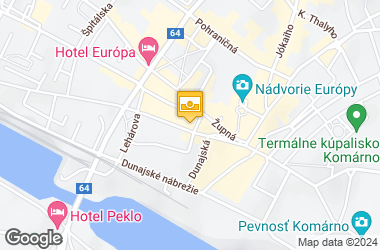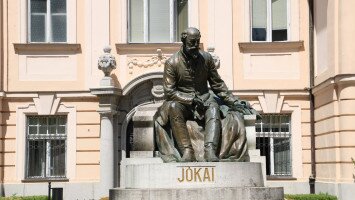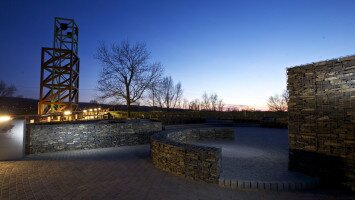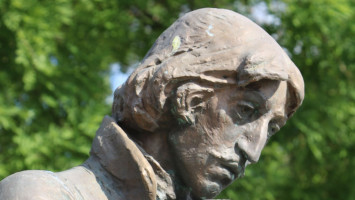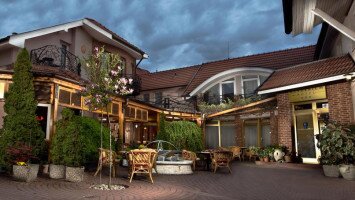
The seat of the Danube Museum in Komárno is located on Palatínova Street, in the building of the Palace of Culture built in 1913. It is one of the most important centers of Hungarian culture in Slovakia, and also boasts the richest Roman collection in Slovakia.
A selection from the earliest and most valuable works of the collections of the fine arts from the 18th century to the beginning of the 20th century can be seen in the Ceremonial Hall of the museum. The oil paintings by Árpád Feszty entitled The Battle at Bánhida (1897 – 1898) and The Earthquake in Komárom in 1763 by Karl Friedl belong to the most noteworthy works of the gallery.
Permanent exhibitions:
- The historical development of Komárno and its environs from the prehistoric age until 1849 and the ethnography of the region - There can be seen a selection from the museum´s archeological collections in the first three rooms of the exhibition. The Celtic, the Roman and the late- Avar finds are more remarkable. In the next two rooms guild relics, things from the times of the Turkish expansion and others connected with the history of the Komárom castle can be found.
- Permanent exhibition of the painter Károly Harmos from Komárno - between the two world wars he worked in Komárno as a painter and drawing teacher, as well as the organizer of the city's cultural and artistic life.
Nowadays, the basic task of the museum is to document the development and present state of society in the area of Komárno district, as well as to document the wildlife of the southern areas of the Danube plain (Komárno and Nové Zámky districts). The museum specializes in the research and documentation of the history, ethnography, cultural history and interethnic relations of the Hungarian population living in the territory of Nitra County. It also specializes in the research and documentation of Roman relics in the Komárno district.
Source: http://muzeumkn.sk/

